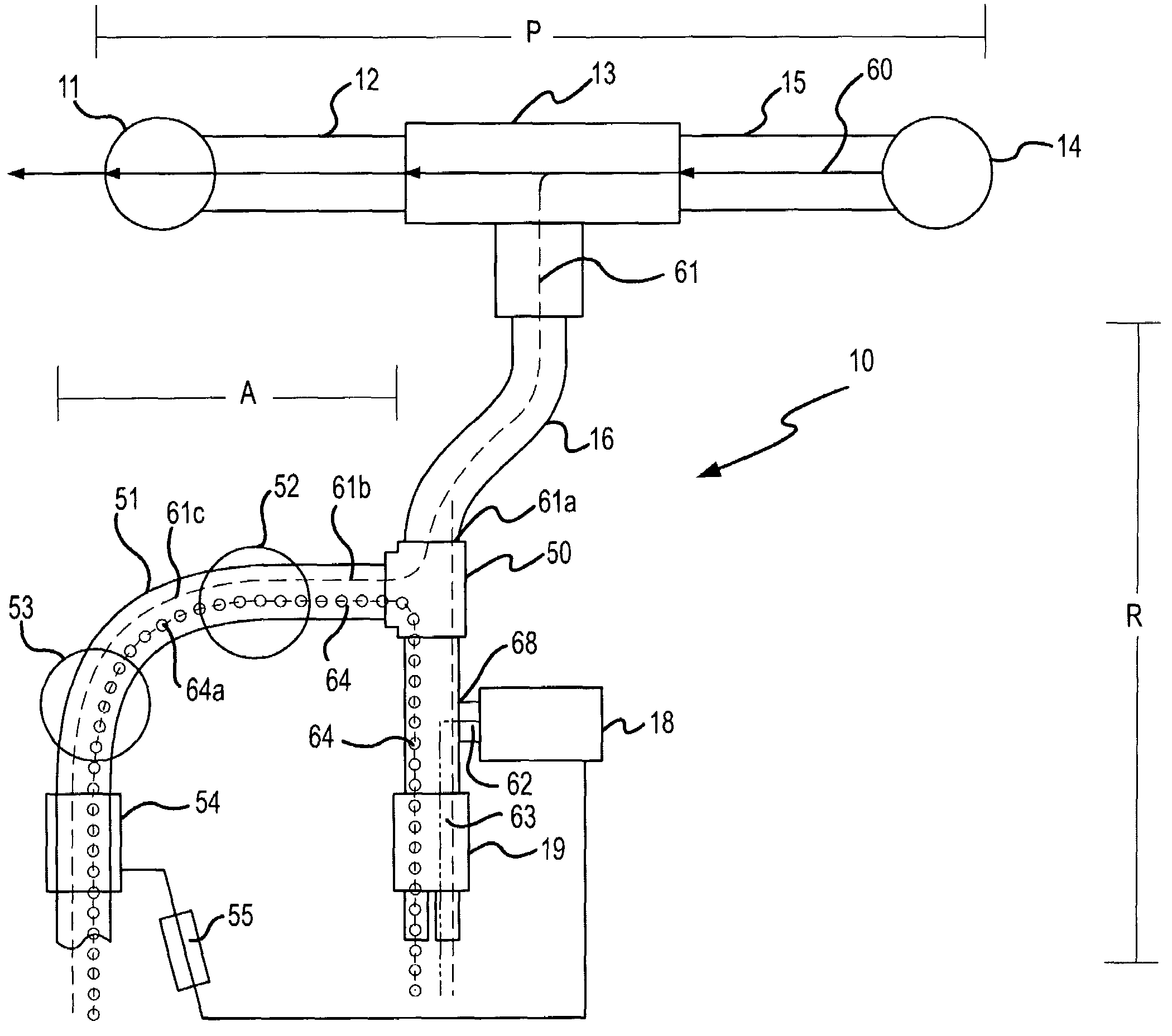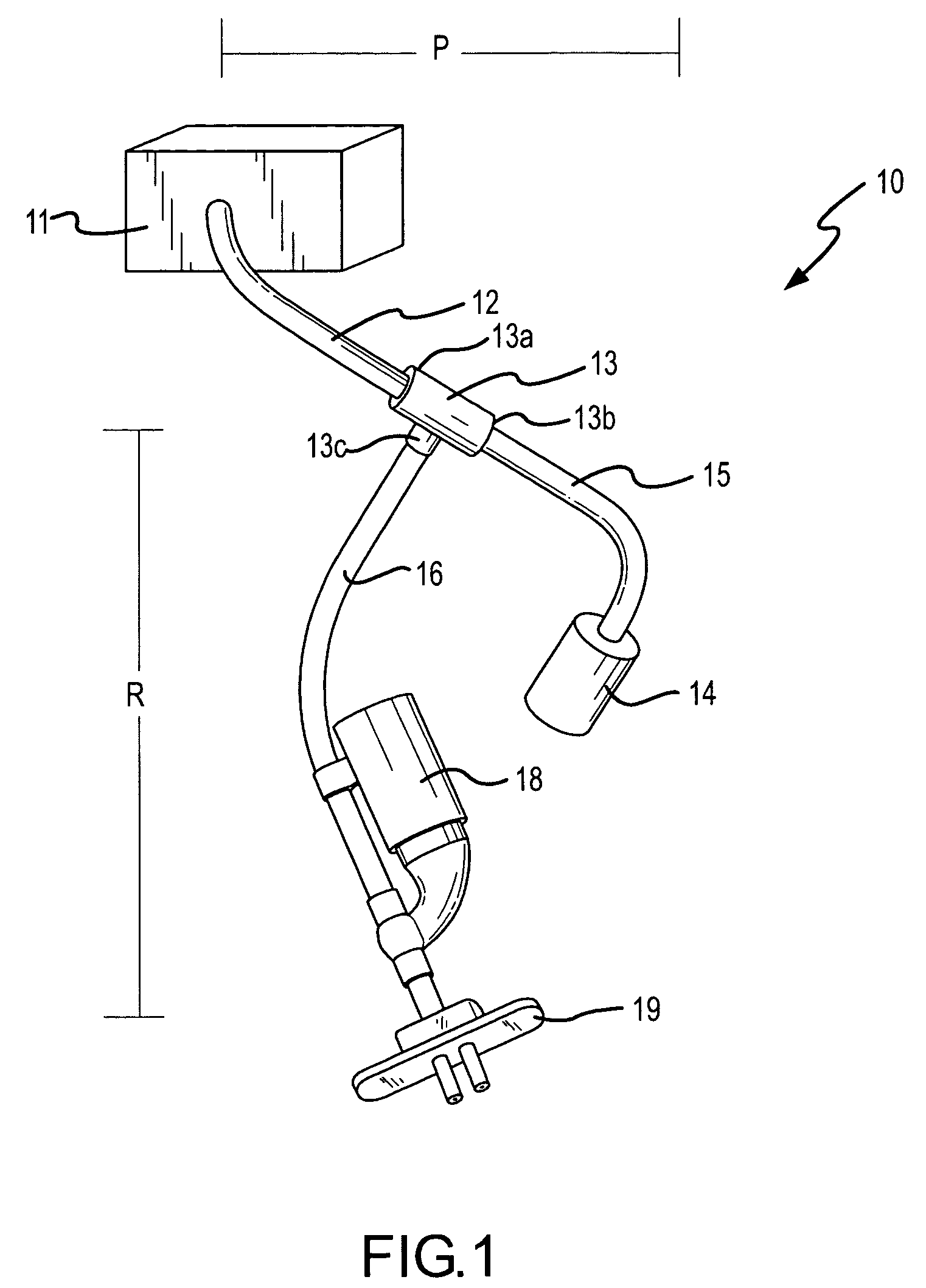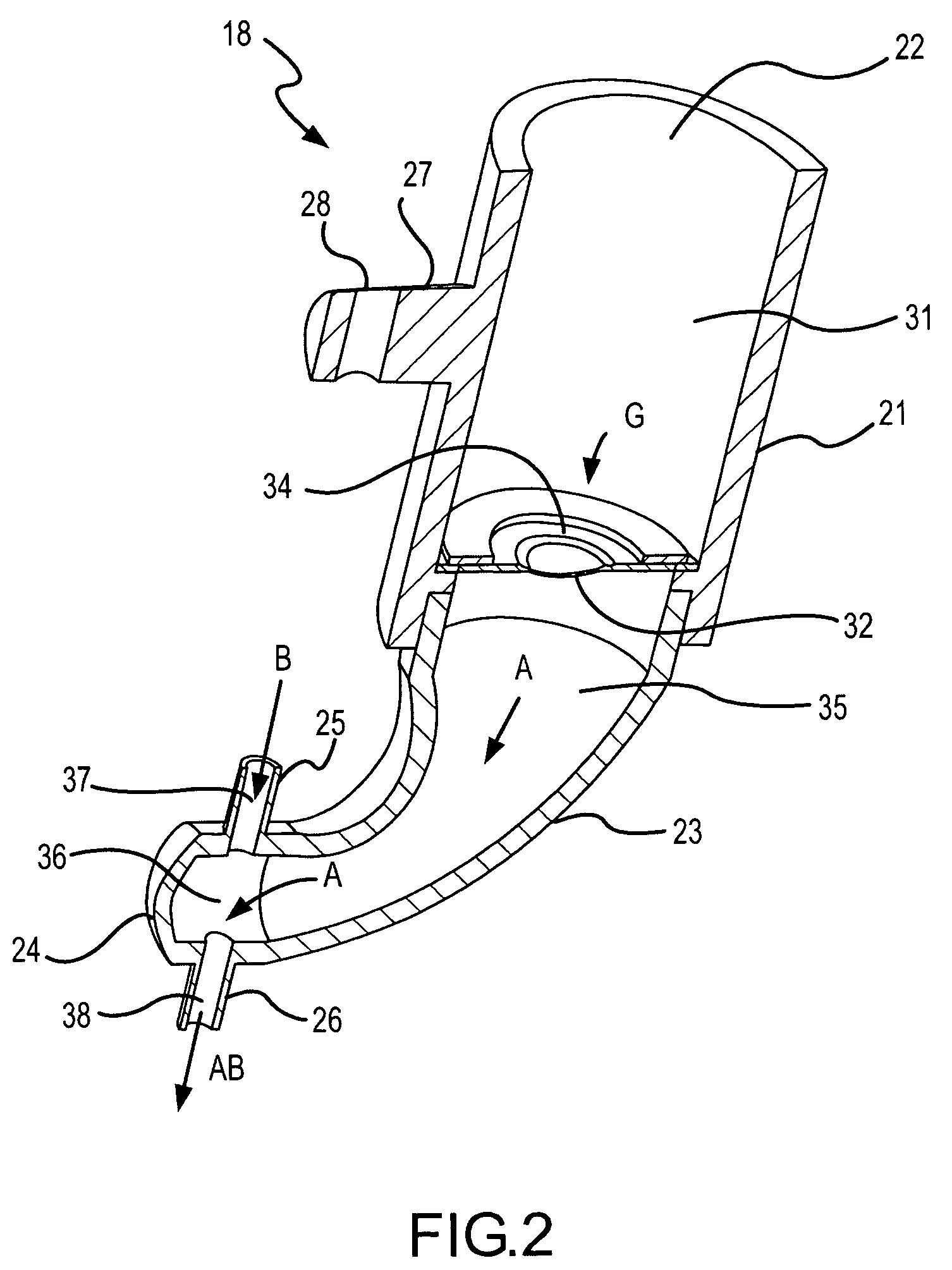Method and composition for the treatment of lung surfactant deficiency or dysfunction
a surfactant and composition technology, applied in the field of lung surfactant deficiency or dysfunction, can solve the problems of respiratory illnesses, lungs that cannot absorb sufficient oxygen, and sacs that tend to collapse, and achieve the effect of reducing the amount of aerosol particles
- Summary
- Abstract
- Description
- Claims
- Application Information
AI Technical Summary
Benefits of technology
Problems solved by technology
Method used
Image
Examples
Embodiment Construction
[0027]In one embodiment, the present invention is directed to a method of treating diseases involving surfactant deficiency (also known as “surfactant depletion syndromes”) or diseases involving surfactant dysfunction (also known as“surfactant dysfunction syndromes”). Such diseases include, but are not limited to, infant respiratory distress syndrome (iRDS), acute respiratory distress syndrome (ADRS), meconium aspiration syndrome (MAS), asthma, pneumonia (all kinds, including ventilator associated pneumonia), persistent pulmonary hypertension of the newborn (PPHN), congenital diaphragmatic hernia (CDH), sepsis, acute lung injury (ALI), bronchiolitis, COPD-chronic bronchitis, cystic fibrosis, lung transplantation diseases and respiratory syncitial virus (RSV). Since methods for treating such diseases generally involve the administration to the patient's lung of a naturally-occurring (animal-derived) or synthetic (engineered) lung surfactant, the subject methods are sometimes referred...
PUM
 Login to View More
Login to View More Abstract
Description
Claims
Application Information
 Login to View More
Login to View More - R&D
- Intellectual Property
- Life Sciences
- Materials
- Tech Scout
- Unparalleled Data Quality
- Higher Quality Content
- 60% Fewer Hallucinations
Browse by: Latest US Patents, China's latest patents, Technical Efficacy Thesaurus, Application Domain, Technology Topic, Popular Technical Reports.
© 2025 PatSnap. All rights reserved.Legal|Privacy policy|Modern Slavery Act Transparency Statement|Sitemap|About US| Contact US: help@patsnap.com



